Dyslexia in children
Dyslexia is a specific problem of learning to read and write; This is not a disease or a disability, but a learning disorder that affects the process of teaching the child from the first levels of school education.
When we say that a child is dyslexic, it is when he presents difficulties to learn the letters and, much more, to use them correctly when it comes to reading and writing. Dyslexia is a frequent problem, one in ten children can present it, some statistics say that up to 15% of children of school age can not control the symptoms.
So far, there are many teachers who dislike talking about dyslexia, this is a disorder that makes the student has difficulty reading, the origin of this disorder has no definitive explanation and as in almost all problems that do not have a clear origin, there are several theories that try to explain it, its origin points towards genetic and organic factors, perceptive or psychomotor disorders; In some cases, there is a delay in maturation in which the child is not yet ready to read and write.
Among the theories that gain more strength, is the one that indicates that it is caused by a failure in cerebral lateralization, normally in the development of the brain, one hemisphere dominates the other, in the dyslexic there would be a failure in this domain.
Appointments about studies and research conducted on Dyslexia
There are many studies through neuroimaging that have shown that dyslexia has a neurobiological basis, that is, in the brain of dyslexics there is an alteration during neuronal development, where a group of neurons and glial cells do not migrate normally during training embryo and causes groups to form, called ectopias, which affects the connections within the cortex, affecting the areas of the brain essential for reading.
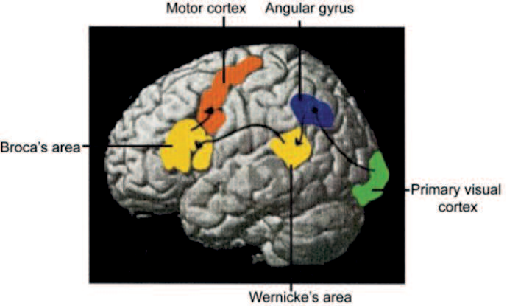
Source
"In 1979, Albert Galaburda, of the University of Harvard, discovered an important phenomenon when examining under the microscope the brains of deceased dyslexic patients, he observed small spots in the cerebral cortex of the patients: Some aggregations of glial cells, supporting cells that they fulfill a nutritious function. He also found that these cells used to be grouped with about fifty or a hundred neurons supported on them".Source
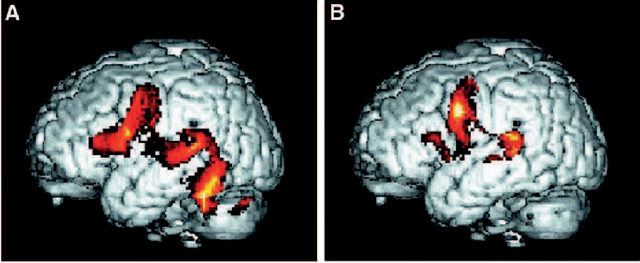
Source
Differential brain activation patterns between normal (A) and dyslexic readers (B).
What is this about?
One explanation is that they specifically disorganize the structure of gray matter in certain regions of the brain, which the child needs to learn to read and write. The brain is composed of two substances, gray and white, the gray substance regroups the cell bodies of neurons. Source
Source
How to identify Dyslexia disorder in the child?
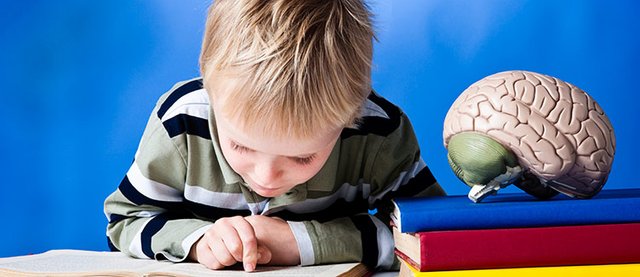
Source
The most striking symptoms are those that appear in reading and writing:
- The child reads slowly and without tone.
- He has difficulty understanding what he has read and returns to the beginning over and over again.
- His writing is cumbersome, full of tachones and blots, very difficult to decipher.
- In both tasks very characteristic errors are repeated: it confuses vowels and sounds of similar consonants.
- Omit, substitute or confuse the letters and syllables both at the beginning and the end of the words.
- We can see that the child gradually becomes disinterested in school until he no longer wants to go.
- Shows shyness towards the teacher.
- He gets along well with his teammates.
All this leads the child to school problems and everything related to them, when this situation exists, we must act quickly, dyslexia can cause serious problems in the child, on the one hand it causes a delay in their learning, and on the other hand, their personality is affected: with a tendency to isolate himself until he definitively rejects school, he will feel useless and misunderstood.
Other symptoms typical of a dyslexic child
Both the parents and the teacher realize that the child, who can be very intelligent, is different from his siblings and the other children have unusual failings:
- He does not learn to read the time on the clock.
- He does not remember dates as striking as his birthday.
- You do not learn the days of the week or the months of the year.
- Confuse the right hand with the left hand.
- It presents difficulty to orient itself in time and space.
In spite of everything, the dyslexic child is usually very intelligent, standing out in tasks that do not require the use of letters, such as drawings, mathematics or any plastic activity. Many of them are really brilliant and reach the highest levels in their professional activity. It should be remembered that some personalities, such as Churchill, the mathematician Albert Einstein, and even the writers Bernard Shaw and Christian Andersen, were dyslexic who managed to overcome their problem.
Diagnosis of dyslexia in children
The diagnosis of the dyslexia must be made by a specialist in the subject, a psychologist, pedagogue or child psychiatrist, we must trace all the possible causes and then study the symptoms, exploring the language, intellectual level, psychomotricity, visual and auditory perception, perceptive situation -motor and pedagogical; We must rule out any other type of medical problem, such as visual or auditory acuity.
The treatment should begin as soon as the problem is discovered, but the ideal age is around seven years when in theory, the child must already know how to read and write correctly. This must be done in specialized centers and there must be a total connection between the therapist, the teacher and the parents; and on the other hand, the child must follow his normal school rhythm, only in some cases it may be indicated that he repeat a school year.
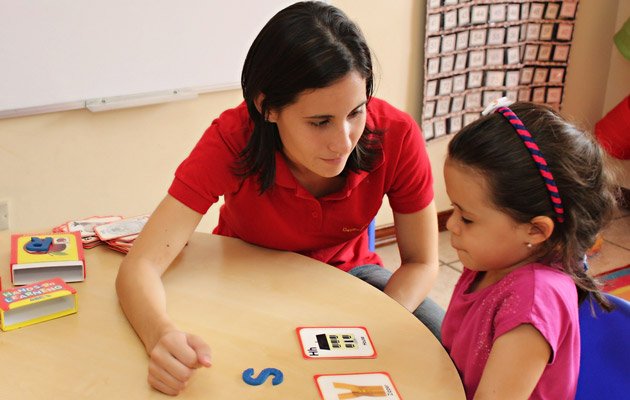
Source
The choice of educational method, the sessions and their weekly number, as well as the duration of the treatment depend on each child in particular and the intensity and severity of their disorder.
Family support in children with dyslexia

Source
The family support, represented in the parents, is fundamental in the treatment of dyslexia, the child requires understanding and affection, as well as motivating him to develop other activities that give him self-confidence such as sports, plastic arts, hobbies, dramatic art , etc.
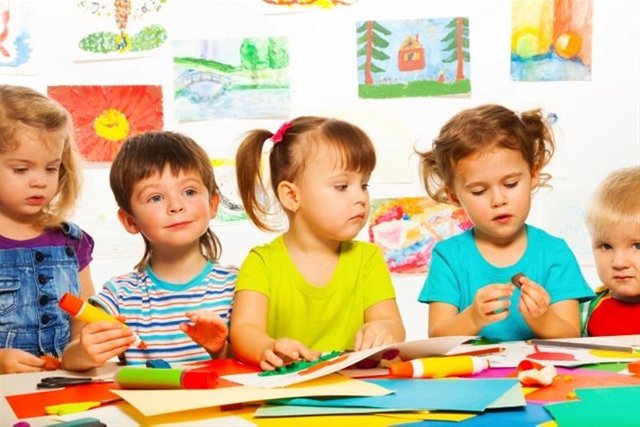
Source
Scientific news about Dyslexia
A new diagnosis arises on Dyslexia, and is that a group of French scientists has discovered one of the possible causes of the cause of dyslexia, which is the difficulty that occurs in children to read that, in principle, scientists They think that this disorder does not have any physical or mental condition that can explain this problem.
Through studies, scientists have been able to demonstrate that dyslexia can only be diagnosed by examining the eyes. Source
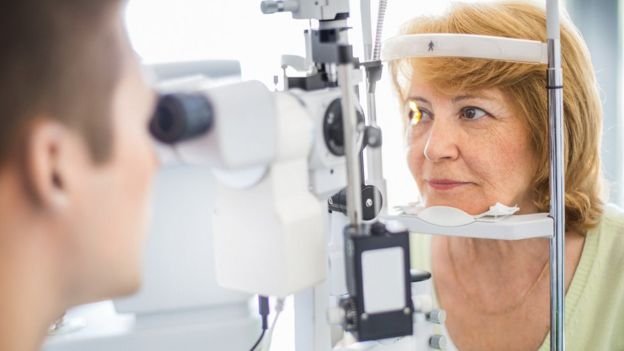
Source
Through scientific studies it has been determined that you can train the brain to avoid dyslexia
The ability of the brain to synchronize with the tone and intonation of speech influences the way language is processed. With this, through studies of the Basque research center BCBL, results have been obtained that show that through training you can avoid dyslexia; They state that activities can be designed to exercise or train the brain in order to avoid, in the future this disorder in children. Source
REFERENCES:
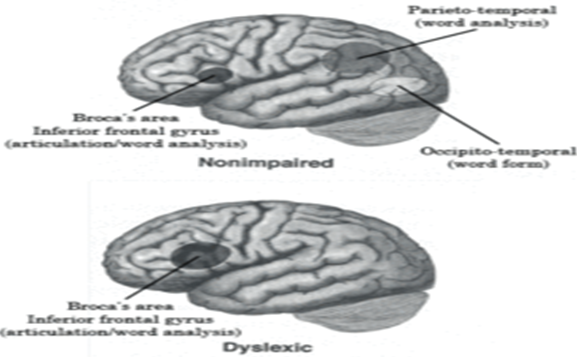
Dear friend, you do not appear to be following @wafrica. Follow @wafrica to get a valuable upvote on your quality post!
Thank you for your support, I wish that the community of @wafrica continues to grow, successful brothers.
Very interesting! Resteemed to read again more thoroughly later.
There are issues that impact us, especially when we have children, there are children who may have a delay in their reading, but it is not necessarily about this disorder, only that the child lacks a little more maturity, greetings and may God bless him .
There are issues that impact us, especially when we have children, there are children who may have a delay in their reading, but it is not necessarily about this disorder, only that the child lacks a little more maturity, greetings and may God bless him .
Very interesting! Resteemed to read again more thoroughly later.
Very useful knowledge for educators and teachers. Thanks for your explanation. I have a child with dyslexia and he is really good in art and graphic design. We decided to support him all the way. I hope more people know better about dyslexia and support dyslexic as well.
I will resteem your article!
Thanks @dyslexicmom, for reading my post, Regards.
Thanks @oscarcede for this post on dyslexia. I wanted to post one up too before this because I just discovered one of my students showing symptoms of it. This is so timely and informative! :)
Thanks @happycrazycon, for reading my post, Regards.